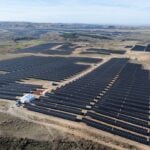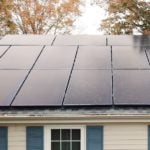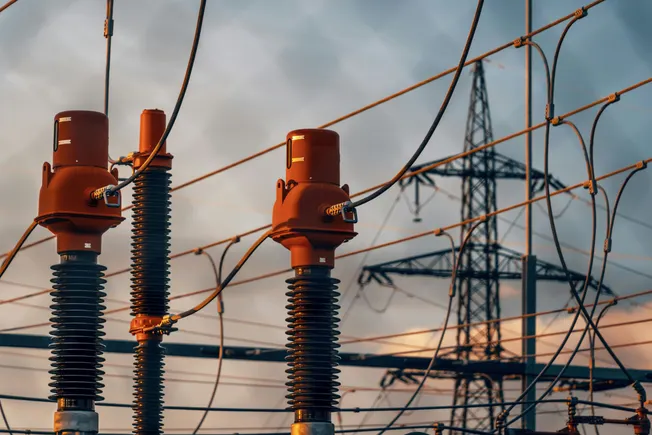9 Indispensable Tools for the Small-Scale Farmer
With so many lists and products for small farms out there, it’s hard to know which tools to have on hand. This list covers nine essential tools for small-scale farmers and discusses why each is so important to keep around. The post 9 Indispensable Tools for the Small-Scale Farmer appeared first on Modern Farmer.

Small farms have a pretty big advantage. They don’t need to ascribe to industrial means of growing. That means less tilling and fewer pesticides. The ability to have a regenerative operation is much easier without agricultural pressures, and the list of required tools is shorter.
While giant tractor extensions aren’t really needed on a small farm, it’s good to know which small-scale farm tools increase production and make farming even a little more convenient. Keeping a few indispensable tools around and slowly building up an arsenal gives you a significant boost come market season.
Here are nine of the best tools for small farmers. These are limited to the vegetable and fruit-production realm, but they form the backbone of a great set of tools you’ll rely on from season to season.
Broadfork

Your broadfork is one of the best small-scale farm tools, especially in areas where soils compact year after year, whether from heavy rains or clay soils. For farmers who want to keep their farms regenerative, and lean toward no-till, a broadfork makes it possible to remain so without sacrificing aeration.
As an essential tool for breaking up clay soils, farmers that live on the prairie need to get theirs stat! It’s perfect for in-ground beds that have been in production for two or more years. Couple this with cover crops to break up the soil, and you’re dealing with much less difficult soil.
Broadforks are better for the soil than rototillers, because they don’t erode topsoil as they till. Their use is more deliberate, slower, and less chaotic. The topsoil remains in place as the soil below is broken up. Of course, they aren’t appropriate for every farm, but for farmers who grow in the same soil every year, or in clay soil, they are crucial.
Flame Weeder

Weeding is an important task on farms meant for production. In areas where spring rains vary from year to year, it may be difficult to get a good handle on weeds early enough in the season to prevent their proliferation. That’s where the flame weeder comes into play.
These small flamers make your weeding job much easier than it would be by other mechanical means. When it comes to hand-pulling or digging out weeds with a trowel, it’s not nearly as much fun, nor is it as efficient. Simply pull out this small-scale farm tool and hold it about three to six inches above weeds. Then, burn them up.
One note: if you’re in a fire-prone area, flame weeders aren’t the best option in fire season. Instead of using one of these, go for the less-glamorous but just as effective measures. Grab a stirrup hoe to prevent setting a fire that could get out of control.
Hoop House
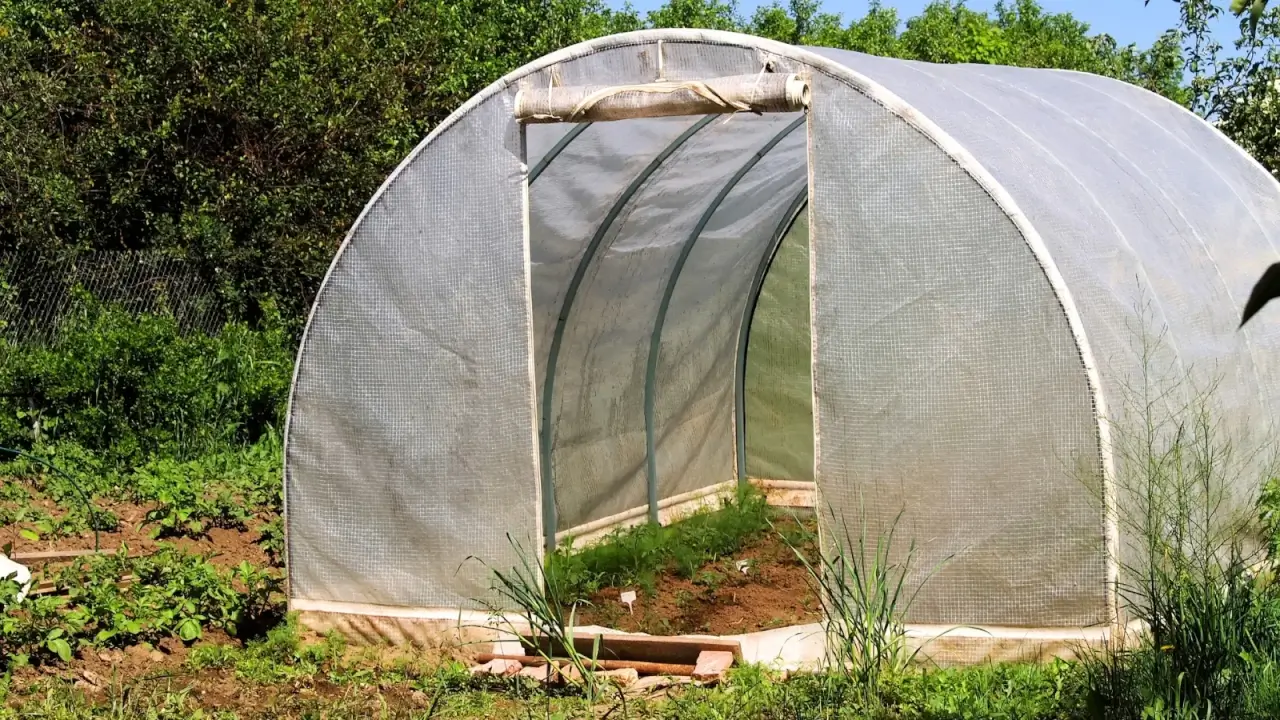
No matter what you grow, having some seasonal extension and extra protection from a hoop house is an upgrade you won’t regret. With a well-secured hoop house, new seedlings won’t succumb to early spring storms or cold. Mature plants last into winter, making it possible to glean one more harvest.
Hoop houses are perfect in areas where snap freezes plague farms. In the dead heat of summer, on plots where drought is common, drape a shade cloth over the hoops to protect more sensitive plants from searing sunlight. Give them regular maintenance, and they’ll hold up well in severe weather, high winds, heavy rains, and blizzards.
NRCS has a cost-share program for small farms that lessens the burden of initial investments. Plenty of garden and farming companies sell complete kits that make installation easy. It’s possible to set up a hoop house from carefully curated reclaimed materials, too. This makes constructing your own hoop house easy, no matter the means.
Seed Starting Tools

When you’re starting seeds ahead of the spring season, having a dedicated set of trays, blockers, and a seeder makes a huge difference in your ability to have a good harvest later on. Large flats, bottom trays, and 72-cell trays make getting your seedlings in the ground much easier. As winter winds down, you can focus on getting new crops going.
Gravity seeders are great for sowing lots of seeds at once into large cell trays. These could be large air seeders that attach to the back of a tractor that direct seed your crops into the soil, or they could simply be mechanical sheets with holes in them where seeds go from the top into your trays.
Being able to water your seedlings from below in dry areas is helpful too. Sturdy trays make the process much simpler, holding tons of seedling trays that receive water once or twice per day. Overhead watering is just fine too, especially in humid areas where bottom watering causes molds or algae.
Row Covers

At the start of the season, where spring is warm, pests are sometimes an issue. Having a good floating row cover to prevent their access to young plants protects them and keeps them healthy until harvest. Take the row cover off when summer hits, and repurpose it by draping it over small fruit trees that attract hungry birds year after year.
Shade covers are excellent tools to have at your disposal in hot areas, where even heat tolerant plants suffer. Covering the soil and your plants lessens the evaporative qualities of summer sunlight. For container plants, a shade cloth keeps the soil cool, when it would otherwise cook in triple digit heat.
In fall, when frosts begin to roll through, a frost cloth extends the season and raises the temperature slightly. This protects cold hardy crops from hard freezes before the soil has frozen. Having a few degrees of buffer allows the kiss of frost that brassicas love to get through without damaging them.
Harvesting Bins

Having a place to put your harvest as you pick it is so important. If your washing station is far from the field, this necessity increases. You need a place to keep your fruits and veggies off the ground, and a place for flowers and herbs to reside while they wait for their final destinations.
Reused containers are just as good as specialty ones, depending on the situation. However, if you’re a flower farmer, having a non-porous bin keeps your flowers alive from field to the stand arrangement. For crops that need some air circulation, look for bins that have perforations.
Industrial-grade bins with the right ventilation are nice for keeping your harvests fresh. Stackability is another plus, as this provides a way to store them while they aren’t in use. Choose bins that lack crevices where bacteria, mold, and fungi can hide. Then, sanitizing them is much easier.
Washing station

Once you harvest your vegetables and fruit and bin them up, unless you’re working with more sensitive crops like garlic or onions, it’s time to wash them. Having a station for doing so makes the process of getting them ready for sale much simpler and easier.
This station could be as basic (but substantial) as a perforated table where harvests are laid and then sprayed. They can then dry directly on the table, or placed on a drying rack. Add an additional table with bins set into the surface and you can dunk and transfer to the perforated area to dry.
Repurpose an old sink, attach a hose to the faucet, and use it just as you would a regular sink. One really cool addition for growers of greens is a repurposed washing machine, cleaned out, and used to spin greens dry. Then bag them up, and they’re ready to go.
Drip Irrigation System

It’s hard to sing the praises of drip irrigation enough. Having a system that drips water at the root level of your crops keeps things tidy, prevents soil erosion, and adds efficiency that wouldn’t otherwise be there. It doesn’t matter the size of the farm, too, because drip systems are as easy to set up as you want them to be.
Several major farm and garden outlets sell full kits that cover anywhere from 25 to 100 square feet. If you grow in raised beds, there are options that involve pipes that direct water underground, into the raised bed via emitters. Drip tape kits make the install so simple, and these work in both in-ground and raised beds.
The trick to irrigation is ensuring there is a viable plumbing source, and providing enough pressure to get the water uphill if necessary. Drip tape kits are also easy to repair, but so are more hardline kits, like those that include PVC pipe. And there’s always a simple drip hose if an install gives you the willies.
Cold Frame or Greenhouse

Just as a hoop house makes a great season extender, so does an established cold frame or greenhouse. Build a cold frame to affix over your in-ground or raised bed for the ability to grow even as freezes come in. Cold frames raise temperatures up to 10 degrees warmer. That much is a difference between a frost and a hard freeze, even in conservative estimates.
A well-constructed greenhouse can raise temperatures up to 20 degrees. And with the right fans, vents, and shading, they can cool things off in the dead heat of summer. That means you can diversify your output, opting to grow more exotic plants that would otherwise perish in the natural elements of your region.
Combine your seed starting tech with the greenhouse or a standing cold frame, and you’re well ahead of the season to come too. In areas where the cold and heat come on quickly, either of these is a godsend. Invest in a cheap one, and fortify it by sealing cracks that allow cold air in. More professional grade types need less finagling to be effective. Repurposing old windows and doors is a great way to have a reclaimed version.
On the Ground With Toolmakers Helping Small Farmers Keep it Local
Local farmers need locally-made tools. Here are just a few of the tool providers making it happen.
The post 9 Indispensable Tools for the Small-Scale Farmer appeared first on Modern Farmer.










































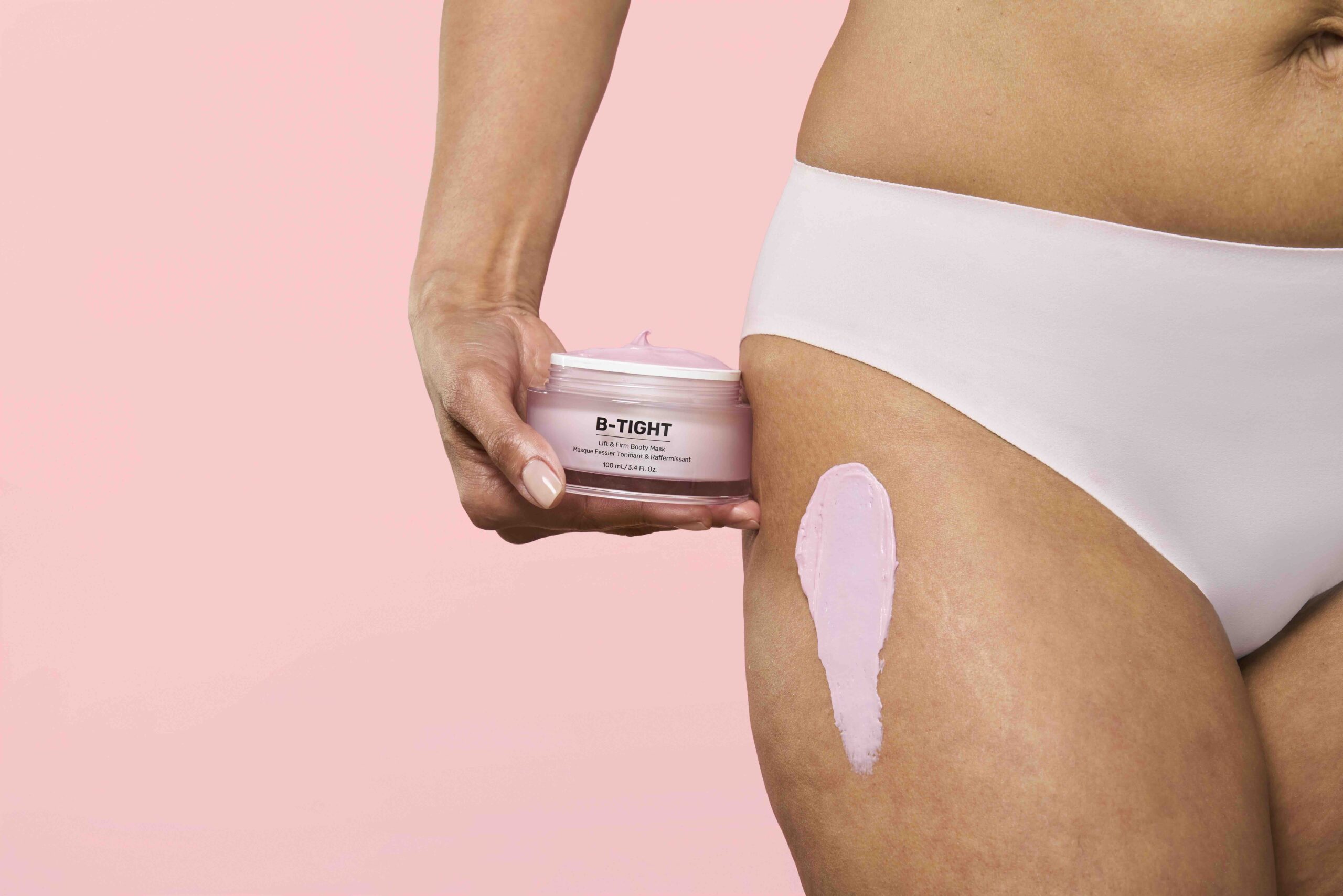
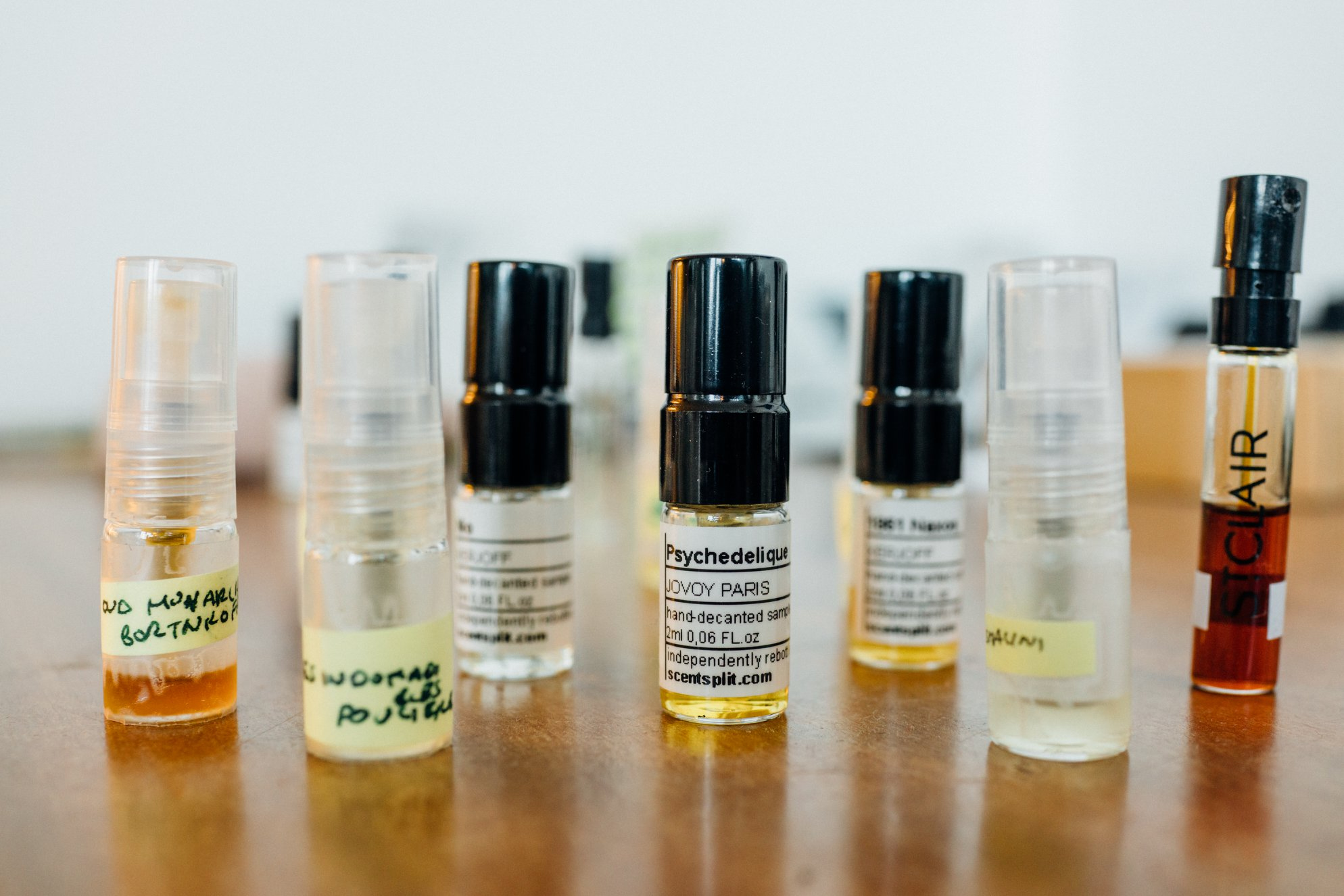




















![[Podcast] Trial Trailblazers: Behind clinical breakthroughs](https://imgproxy.divecdn.com/cr_gUY8HHfHKWVfM5mEkCyXB9OzVqKd0L_Zq5ZJQSoM/g:ce/rs:fit:770:435/Z3M6Ly9kaXZlc2l0ZS1zdG9yYWdlL2RpdmVpbWFnZS9CaW9QaGFybWFEaXZlX1BvZGNhc3RfY292ZXIxMzQ2eDcyOV9SMi5wbmc=.webp)















































